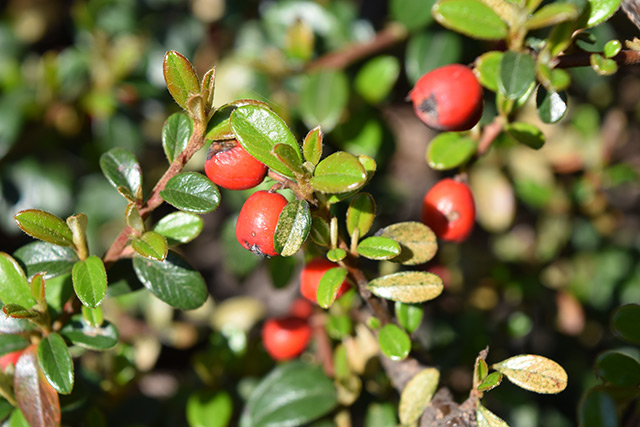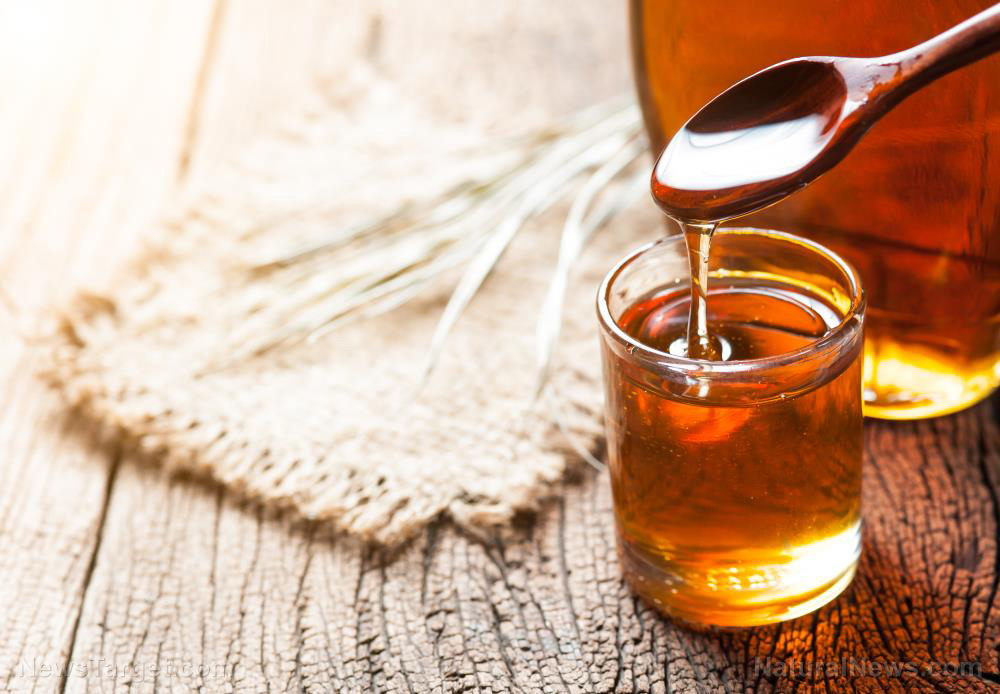Many invasive plants have medicinal benefits
08/16/2021 / By Cassie B.

Anyone who has ever gardened can tell you how upsetting it is to have your efforts thwarted by invasive plants. It’s a very frustrating problem, but there’s a compelling reason you may not want these species to disappear entirely: Many invasive plants have surprisingly important medicinal benefits.
Invasive species are non-native plants that spread aggressively and can put the survival of native species in jeopardy. However, that does not mean that they can’t be useful. Indeed, some species that are considered invasive in one area may be revered for their qualities in other areas. It’s all a matter of perspective.
For example, mint, raspberries, blackberries, tumbleweeds and usnea are all plants that have some medicinal benefits but are considered invasive in certain areas.
There are also some species that are considered naturalized that offer benefits. These may be non-native plants that have started to coexist with native species rather than threatening them. For example, dandelions do not fully overtake their environment or stop native species from thriving, and they have been shown to offer a wide range of health benefits.
By learning more about the invasive species in your area and the medicinal properties they offer, you can take advantage of the plants surrounding you in your quest for better health. This can be particularly important in a survival situation, so the time to learn about what is growing in your region is now. After all, in a SHTF situation, you may not be able to just hop online and look up all those plants growing on the hillside at the edge of your property.
Common invasive species and their medicinal benefits
Here is a look at some common invasive species in some parts of North America.
Japanese knotweed
This invasive species from the buckwheat family is often found in sunny stream banks and can be very difficult to eradicate, growing as much as 10 feet per month. It’s extremely frustrating to deal with, but it is also a bona fide medicinal powerhouse. It contains very high amounts of resveratrol, a powerful antioxidant that benefits heart health, not to mention antiviral and immune modulating properties. It can help with immunity, reduce inflammation, help the body handle cell mutations, sooth coughs and maintain healthy blood vessels.
Multiflora rose
Common throughout much of New England in fallow fields and at the edges of agricultural lands, this plant forms dense thickets that can crowd out native vegetation.
It is great for the heart, reducing blood pressure and promoting circulation. It can also ease anxiety, depression and grief.
Japanese barberry
This invasive shrub is found in the Northeast in full sun and shaded forests alike. It provides a dense canopy that serves as a good habitat for the white-footed mouse, a vector for deer ticks that cause Lyme disease.
However, it has significant benefits to the lymphatic system, biliary system, urinary tract and immune system. It is used to address digestive issues as well as bacterial infections. It is important to note that it is something that should not be used for more than a week at time.
Purple loosestrife
Marked by its lance-shaped leaves and fuchsia flowers on tall spikes, this is an invasive plant that can be found in moist soils in full sun. It is antibacterial and anti-inflammatory, and it’s commonly used for issues related to digestion, such as constipation, diarrhea and IBS. It can also help with diabetes, candida, ulcers, sore throats, and eczema.
Time and time again, nature has demonstrated its ability to provide us with the things that we need, and we need to open our eyes to what is surrounding us. Summer is the best time to explore the medicinal herbs growing in your area as many of them flower at this time of year, making them easier to identify, so get outside and get acquainted with nature’s gifts.
Sources for this article include:
Tagged Under: emergency medicine, Herbs, invasive species, Japanese barberry, Japanese knotweed, medicinal herbs, multiflora rose, natural health, natural medicine, Plants, purple loosestrife
RECENT NEWS & ARTICLES
EmergencyMedicine.News is a fact-based public education website published by Emergency Medicine News Features, LLC.
All content copyright © 2018 by Emergency Medicine News Features, LLC.
Contact Us with Tips or Corrections
All trademarks, registered trademarks and servicemarks mentioned on this site are the property of their respective owners.





















